Digital 3D model of Welwyn Roman baths could help preserve archaeology
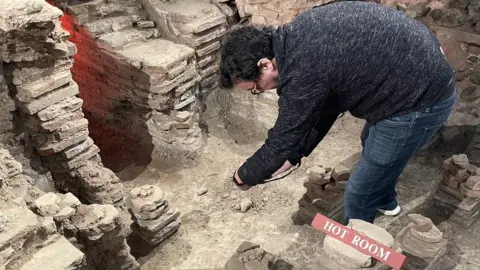 Welwyn Hatfield Museums
Welwyn Hatfield MuseumsImages of an historical site are being used to make a digital 3D model that could help preserve its archaeology.
Experts from The Institute of Archaeology at University College London (UCL) have taken pictures of Welwyn Roman Baths in Hertfordshire for the photogrammetry project.
The finished model will be used to track the condition of the site to see if more conservation work is needed.
It will be available to the public at the baths' museum and on its website.
The Welwyn Roman Baths are under the A1(M), by the A1000, just north of Welwyn Garden City.
They were part of the Dicket Mead Roman villa, built in the 3rd Century, and excavated by the Welwyn Archaeological Society during the 1960s and early 1970s under the directorship of local archaeologist Tony Rook.
The baths, which are preserved in a vault under the motorway, have been open to the public since the mid-1970s.
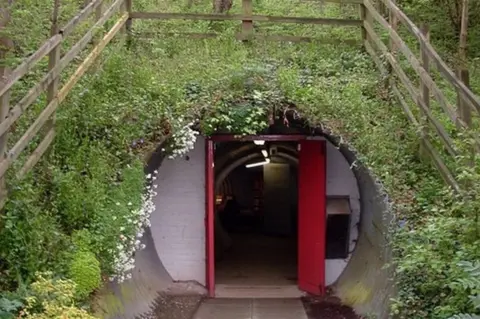 Geograph/Paul Shreeve
Geograph/Paul ShreeveDr Kris Lockyear, who took over running the society in 2009, worked with heritage photographer Antonio Reis to record the bath house using photogrammetry, a technique which involves taking multiple overlapping 2D photographs to make a 3D model.
Mr Reis has taken more than 2,500 digital photographs; a challenge which was "a bit fiddly", Dr Lockyear said.
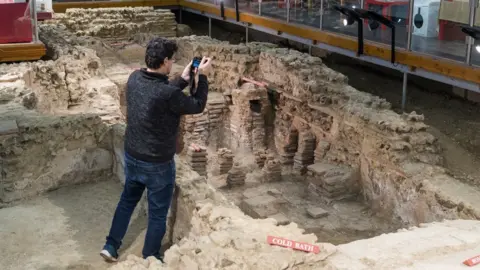 Kris Lockyear
Kris Lockyear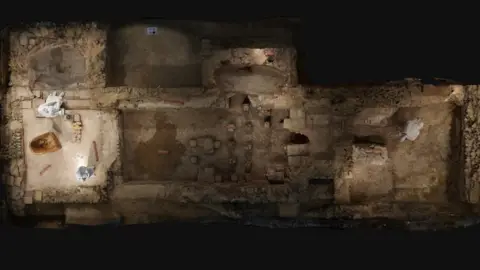 Antonio Reis
Antonio ReisDr Lockyear said that the aim of the project "was twofold", the first being for the Welwyn Hatfield Museum service to use the pictures for public engagement.
"They can post a relatively low-resolution image on Sketchfab, have a tablet with it on at their Mill Green site, create views that would be otherwise impossible such as a vertical 'plan view' image or create fly-throughs including parts of the baths [that] one wouldn't normally be able to access," he said.
"Secondly, by having a very accurate digital model of the baths, they can monitor their condition and check whether any additional conservation work is needed."
The museum service said it was "excited to see the finished model" which would be available for the public to see at the baths' museum and on its website.
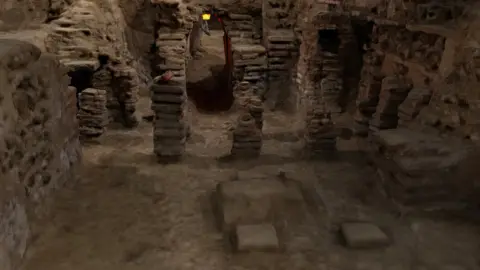 Antonio Reis
Antonio Reis
Follow East of England news on Facebook, Instagram and X. Got a story? Email [email protected] or WhatsApp 0800 169 1830
